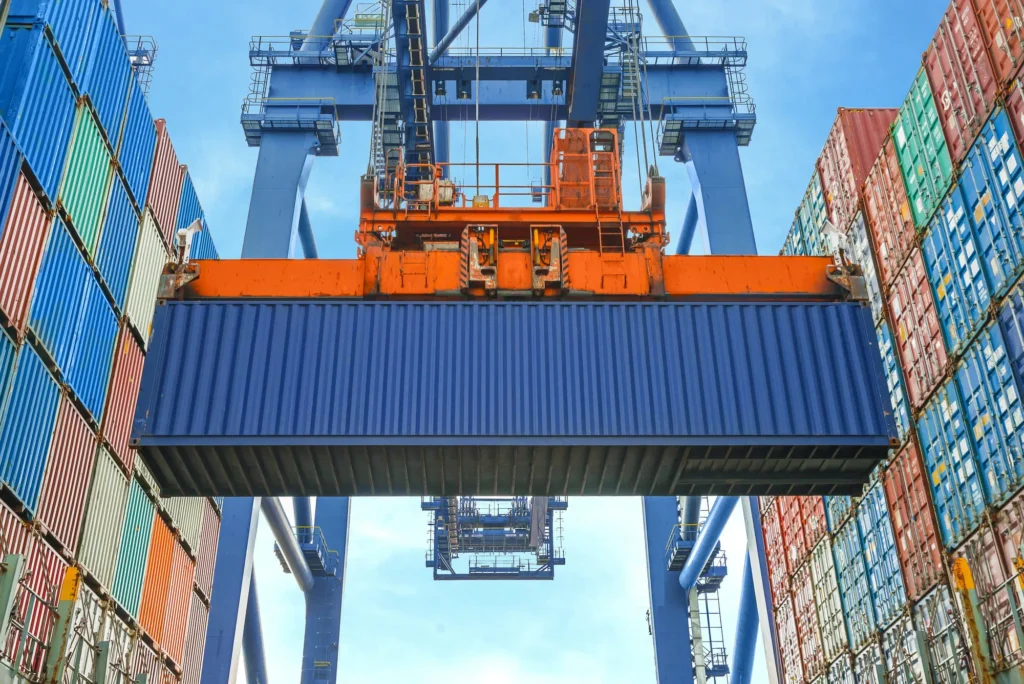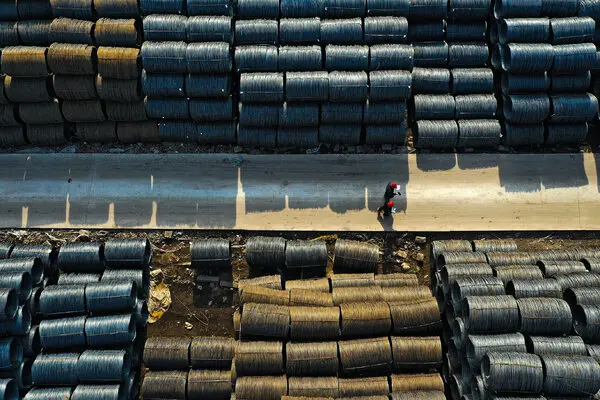In 2018, President Donald Trump introduced a 25% tariff on steel imports and a 10% tariff on aluminum imports. The move, intended to boost the U.S. manufacturing industry, has sent shockwaves across various sectors of the economy. While the government argued that the tariffs would reduce reliance on foreign steel and aluminum, critics claim that it has caused unintended consequences.
This article takes a closer look at how these tariffs have impacted industries and businesses, ranging from construction to the automotive sector. We will explore both the positive and negative effects of this policy, its long-term implications, and what might lie ahead for U.S. trade.
The Rationale Behind the Tariffs
Aims of the Tariff Policy
President Trump’s decision to impose tariffs on steel and aluminum imports was primarily driven by the need to protect U.S. manufacturing jobs. By reducing the influx of foreign steel and aluminum, the goal was to:
- Protect U.S. manufacturers from cheaper foreign goods.
- Promote domestic production and create more American jobs.
- Strengthen national security by relying on American-made steel for defense purposes.
The Economic Impact: A Double-Edged Sword
The tariffs were framed as a strategic economic move, but not everyone agrees with the approach. While some sectors have seen benefits, others are struggling to cope with rising material costs and supply chain disruptions.

Positive Effects of the Tariff Policy
Boost for Domestic Steel and Aluminum Producers
One of the most noticeable effects of the tariffs has been a boost to U.S. steel and aluminum producers. With foreign competition reduced, many U.S. companies saw an increase in business. This resulted in:
- Increased production: Domestic manufacturers ramped up their operations to meet the demand for steel and aluminum.
- Job creation: The steel industry, in particular, benefited from this policy, with reports showing a rise in manufacturing jobs as more U.S. companies expanded.
- Reinvestment in facilities: Many steel and aluminum manufacturers were able to invest in modernizing and expanding their factories.
Increased Export Opportunities for Some U.S. Manufacturers
Some U.S. producers of steel and aluminum have found new opportunities abroad. As countries facing their own challenges with domestic production looked to alternative suppliers, U.S. steel manufacturers began exploring new markets. This allowed them to:
- Increase exports: Countries in need of steel and aluminum for infrastructure projects turned to the U.S. as a supplier.
- Strengthen global partnerships: U.S. manufacturers forged new trade relationships with countries across Europe and Asia.
Negative Effects of the Tariff Policy
Rising Costs for Other Industries
Despite the apparent benefits for domestic producers, the tariffs have significantly raised costs for industries that rely on steel and aluminum as raw materials. Some of the sectors affected the most include:
- Automotive industry: Car manufacturers, who rely heavily on steel and aluminum, saw production costs rise. This led to increased prices for vehicles, impacting both manufacturers and consumers.
- Construction sector: The construction industry also faced higher costs due to the rising price of steel, making projects more expensive. This often resulted in delays or cancellations of construction plans.
- Manufacturing industries: Many manufacturers who use steel and aluminum in their production processes, such as appliances, machinery, and equipment makers, found themselves burdened with higher material costs.

Impact on American Consumers
As businesses passed on their increased production costs to consumers, the price of everyday goods began to climb. Whether it’s an increase in the price of a new car or a rise in the cost of construction projects, U.S. consumers have felt the effects in their wallets. The tariff has particularly affected:
- Vehicle prices: The price of new cars and trucks rose due to higher production costs.
- Home building costs: New homes became more expensive as construction materials saw price hikes, contributing to a slowdown in the housing market.
Global Trade Tensions and Retaliation
The tariff did not go unnoticed by foreign governments. Many countries, including China, Canada, and the European Union, retaliated by imposing their own tariffs on U.S. products. This created a trade war that:
- Affected U.S. farmers and agriculture: Countries like China imposed tariffs on U.S. agricultural products, including soybeans, pork, and other goods, which had significant financial implications for American farmers.
- Reduced exports: As global trade tensions escalated, U.S. companies faced reduced demand for some of their goods in foreign markets.
Industries Most Impacted by the Tariff
The Automotive Industry: Challenges and Adaptations
One of the industries most impacted by the steel and aluminum tariffs has been the automotive sector. Steel and aluminum are crucial materials for car manufacturing, and the price increase has forced companies to make tough decisions. Here’s how the automotive industry has adapted:
- Price hikes on new cars: The higher cost of raw materials led to an increase in vehicle prices, with some automakers passing on the extra cost to consumers.
- Revising production strategies: Some companies shifted to alternative materials or revised their designs to reduce reliance on expensive steel and aluminum.
- Job cuts in some areas: Some smaller manufacturers had to lay off workers as they struggled to absorb the higher costs.
The Construction Sector: A Struggle with Rising Costs
Steel and aluminum play an essential role in the construction of buildings, bridges, and infrastructure. The price hikes due to tariffs have affected construction timelines and budgets. Some specific issues include:
- Cost overruns on infrastructure projects: Government-funded infrastructure projects found themselves running over budget as the cost of materials rose.
- Delays in construction timelines: Many construction companies experienced delays as they struggled with price volatility and a lack of affordable steel and aluminum.

Long-Term Implications for U.S. Economy
Potential for Economic Growth or Slowdown?
While the tariffs have boosted the domestic steel and aluminum industry, there is concern about the long-term effects. Some economists argue that the policy might slow down overall economic growth. Higher production costs could:
- Hurt overall consumer spending: If the cost of goods rises across industries, consumer spending might decrease, slowing down economic recovery.
- Create inefficiencies in the market: Many believe that artificially inflating domestic production costs might reduce overall economic efficiency, leading to higher prices and slower growth.
Trade Relationships and Global Standing
The U.S.’s international trade relationships have been strained by the tariff policy. Many believe the country’s long-term standing in the global economy could be affected if other nations continue retaliating. Trade negotiations, tariffs, and diplomatic relations could become even more complicated moving forward.
Navigating the Impact of Tariffs
President Trump’s 25% tariff on steel and aluminum imports has undeniably reshaped various industries across the U.S. While some sectors, like domestic manufacturing, have experienced growth, others—such as automotive and construction—are facing higher costs and increased challenges. The broader U.S. economy continues to grapple with the long-term implications of this policy. As the trade war continues to evolve, the future of these tariffs remains uncertain, with businesses, consumers, and international relations all hanging in the balance.
Ultimately, the tariff’s effectiveness in achieving its original goal of boosting domestic production remains a topic of debate. For now, industries and consumers will have to adapt to the ongoing changes in the global trade landscape.






